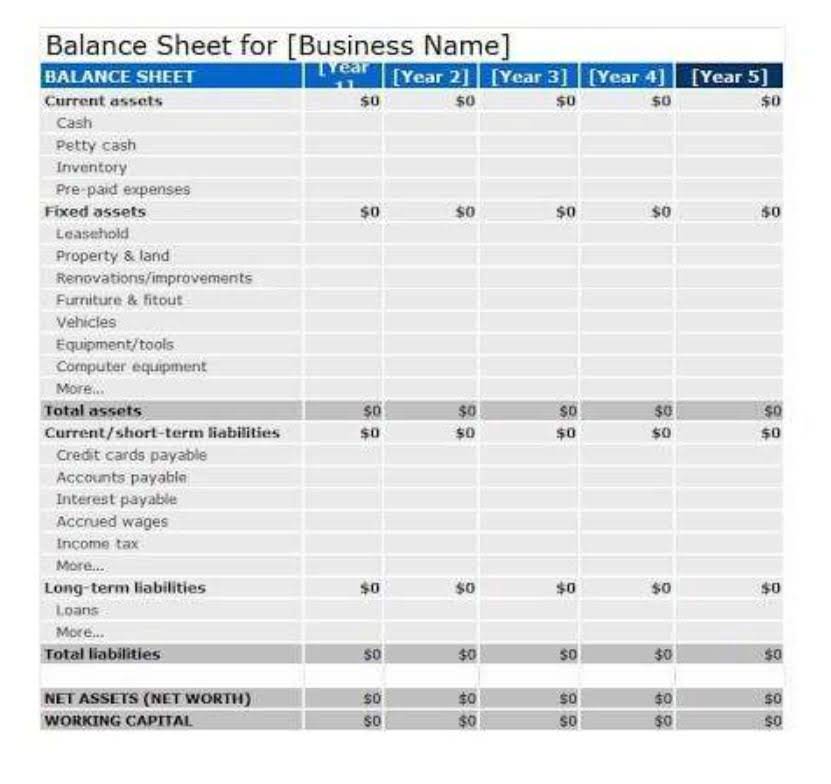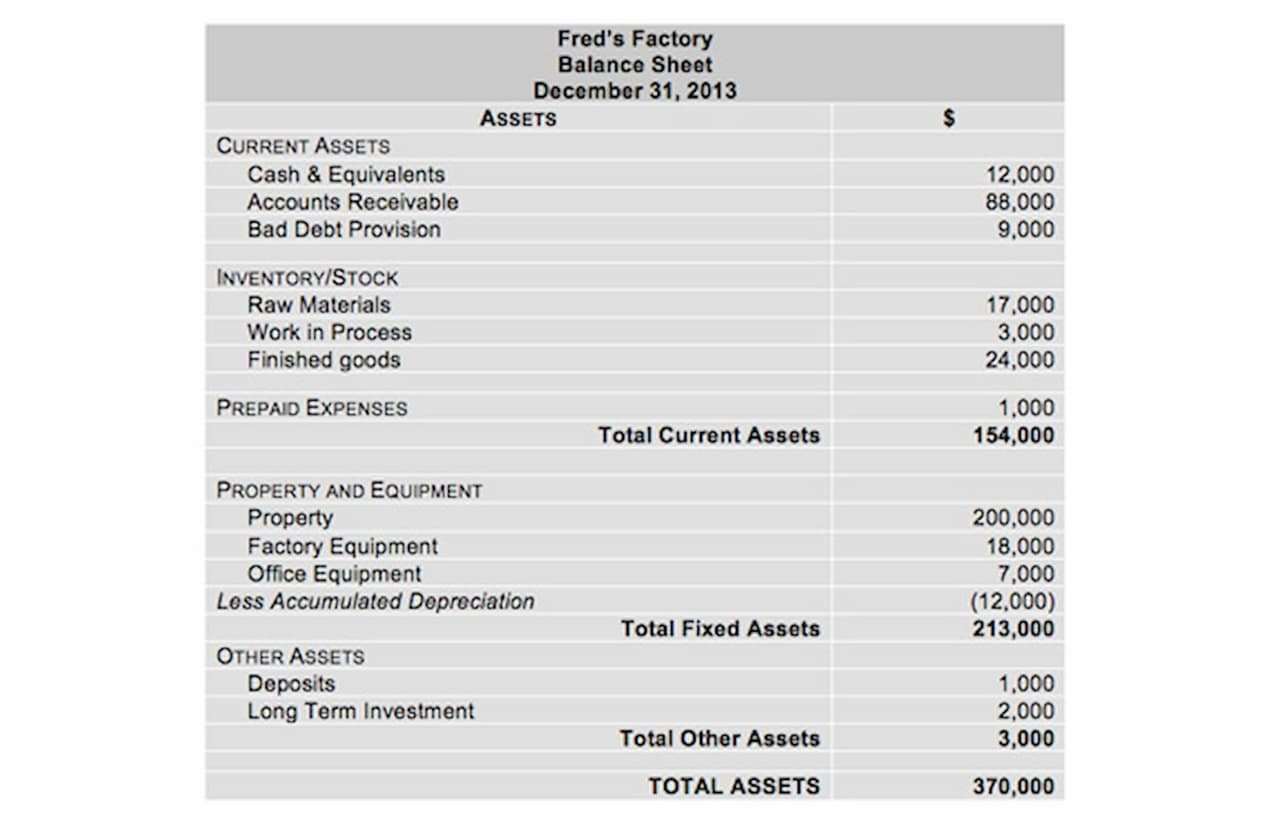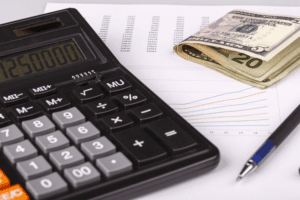
For most people, the due date for the first quarterly payment is April 15. The next payments are due June 15 and Sept. 15, with the last quarter’s payment due on Jan. 15 of the following year. If these dates fall on a weekend or holiday, the deadline is the next business day. The IRS has seen an increasing number of taxpayers subject to estimated tax penalties, which apply when someone underpays their taxes. The number of people who paid this penalty jumped from 7.2 million in 2010 to 10 million in 2017, an increase of nearly 40 percent. The penalty amount varies but can be several hundred dollars.
How we calculate the penalty

It’s also important to keep your records organized and to save all your receipts, invoices, and statements to substantiate your deductions and income if you’re ever audited. If you’re a freelancer, self-employed professional, a business owner or investor, you know that paying taxes can be overwhelming. One of the most confusing parts of the process is estimating how much you https://www.bookstime.com/ owe. It’s not uncommon for people to make mistakes that can lead to an underpayment penalty. In this post, we’ll dive into the basics so that you can get a better idea of what you owe and avoid any surprises come tax season. Not all taxable income is set up so that taxes are deducted at the source.
Resource Partners
High earners pay more in taxes, as portions of their income are subject to higher tax rates. Signup for our email list to get helpful accounting and tax advice tailored to your creative business. This post is to be used for informational purposes only and does not constitute legal, business, or tax advice. Each person should consult his or her own attorney, business advisor, or tax advisor with respect to matters referenced in this post. Countless assumes no liability for actions taken in reliance upon the information contained herein. Want us to walk you through the process of making your tax payments?

Why Do You Need to Pay Estimated Taxes?
If the due date for an estimated tax payment falls on a Saturday, Sunday, or legal holiday, the normal balance payment will be on time if you make it on the next day that isn’t a Saturday, Sunday or holiday. Farmers and fishermen make one required payment or pay in full with their tax return when filed by a certain date. If you can’t pay the full amount of your taxes on time, pay what you can now and apply for a payment plan. You may reduce future penalties when you set up a payment plan. The standard deduction is a flat reduction in your adjusted gross income.
How to Calculate Estimated Taxes
- When figuring your estimated tax for the current year, it may be helpful to use your income, deductions, and credits for the prior year as a starting point.
- The waiver computation is normally reflected in commercially-available tax software and in the latest version of Form 2210, Underpayment of Estimated Tax by Individuals, Estates and Trusts, and its instructions.
- Refundable tax credits, such as the Earned Income Tax Credit (EITC), can not only reduce your tax bill but also turn a bill into a refund.
- Mastering the process of making estimated tax payments is important to managing these challenges and maintaining good standing with your tax obligations.
- By paying estimated taxes on time and accurately, you can stay compliant with the IRS and avoid penalties.
- To calculate your estimated taxes, begin with your total tax liability from the previous year as a baseline.
The most common rule is that if you expect to owe at least $1,000 when you file your annual tax return, then you need to make estimated tax payments during the year. If you satisfy this test, you won’t have to pay an estimated tax penalty, no matter how much tax you owe with your tax return. If a taxpayer underpaid their taxes they may have to pay a penalty. This applies whether they paid through withholding or through estimated tax payments. A penalty may also apply for late estimated tax payments even if someone is due a refund when they file their tax return. To estimate your taxes, you first need to calculate your taxable income.
- While estimated tax payments are termed «quarterly,» the periods they cover are not equal.
- Check your state tax department’s website for details, as state deadlines and rules may differ from federal ones.
- For estimated tax purposes, the year is divided into four payment periods.
- For instance, if you think you’ll owe $10,000 for 2024, you’d send $2,500 each quarter.
- You may have to pay estimated tax for the current year if your tax was more than zero in the prior year.
- Anyone can change their withholding any time during the year.
- Either way, you’ll use IRS Form 1040-ES to show your income estimate and project your tax liability.

We calculate the amount of the Underpayment of Estimated Tax by Individuals Penalty based on the tax shown on your original return or on a more recent return that you filed on or before the due date. The tax shown on the return is your total tax minus your total refundable credits. This means that you need to pay most of your tax during the year, as you receive income, rather than paying at the end of the year. The Underpayment of Estimated Tax by Individuals Penalty applies to individuals, estates and trust that don’t pay enough estimated tax on their income or you pay it late. This could be a sign that you’re having too much tax withheld from your paycheck and living on less of your earnings all year. You can use Form W-4 to reduce your withholding easily now so you don’t have to wait for the government to give you your money back later.
Nonresident aliens use Form 1040-ES(NR) to figure estimated tax. You estimated tax could end up owing the IRS an underpayment penalty in addition to the taxes that you owe. The penalty will depend on how much you owe and how long you have owed it to the IRS. Being self-employed offers both personal and financial rewards, despite the initial learning curve involved. By following structured guidelines and using helpful resources like IRS Form 1040-ES, self-employed workers can accurately estimate and pay their taxes, ensuring they meet tax requirements.

Estimated Tax Payments 2024: How They Work, When to Pay
While estimated tax payments are termed «quarterly,» the periods they cover are not equal. For example, the period for the payment due on June 17 spans only two months, while the one due on April 15 covers three months. It’s crucial to refer to the IRS-specified payment dates rather than relying on a general calendar. Also note that if a payment date falls on a weekend or holiday, the deadline shifts to the next business day.
Check your state tax department’s website for details, as state deadlines and rules may differ from federal ones. These tax payments are intended to ensure that you have paid enough tax by April 15. However, under certain circumstances (as outlined below), people need to make estimated tax payments, which are essentially pre-payments required by the government. This relief is designed to help taxpayers who were unable to properly adjust their withholding and estimated tax payments to reflect an array of changes under the Tax Cuts and Jobs Act. The Electronic Federal Tax Payment System and IRS Direct Pay are two easy ways to pay.
